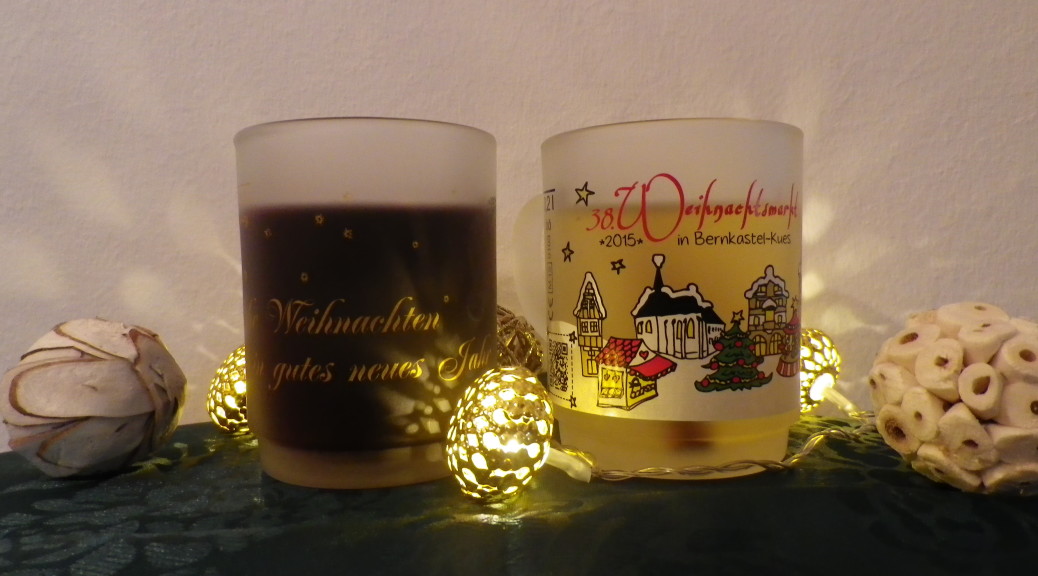What I Learned:
Along the Moselle River valley wine region, there are three sections: The Upper Moselle area, the Middle Moselle area, and the Lower Moselle. This post addresses wines and wine production in a small area of the right bank of the Middle Moselle, between Bernkastel and Trarbach. (For more information about this region’s wines, read here: http://www.winecountrywandering.com/wine-notes-moselles-bernkastel-district/.)
The entire Middle Moselle area, also known in wine parlance as the Bernkastel District, runs from Trier to beyond the village of Briedel. It passes through the town of Bernkastel-Kues, Kues being on the left bank of the river. In this section of the Moselle, the vines grow in soils derived primarily from Devonian slate.
The Celts cultivated grapes and produced wine here. As the Moselle area became more Romanized, viticulture became even more important. In 1356, the fame of a local Bernkastel wine as a healer of illness grew, when Elector Boemund II drank the wine and was cured of his ailments. The vineyard where the grapes grew became known as the “Doctor” vineyard.
Some of the most famous vineyards in the district include Enkirch’s Batterieberg and Steffensberg; Kinheim’s Rosenberg; Wolf’s Goldgrube; Zeltingen’s Schlossberg, Sonnenuhr and Himmelreich; and Graach’s own Himmelreich. (Wolf’s Goldgrube actually lies on the left bank, across from the village, and conversely, the Wehlener Sonnenuhr actually lies on the right bank, across from its namesake.)
The town of Bernkastel has the most famous: The Bernkasteler Doctor. It towers above the charming, medieval town, on a steep, south and west-facing slope. Devonian slate soils give the wines from here their unique and delicious flavor. The wines from this small plot are exclusively Rieslings, and are some of the most expensive Rieslings in Germany. It lies within the Bernkasteler Badstube, one of the smallest vineyards of the Moselle region.
Traben-Trarbach, further downstream, was once the second most wine-exporting town in Europe after Bordeaux! To meet this demand, miles of underground caves were excavated in the late 1800s. (Nowadays during the Christmas season, some of these caves are the venues for the town’s famous underground wine Christmas market. Read about it here.) The town incorporated the well-known wine villages of Enkirch and Wolf, both on the right bank of the river.
In addition to the Riesling grape, which accounts for approximately 61 per cent of all cultivated area in this region, other white varietals include Weisser Burgunder (Pinot Blanc), Mueller Thurgau and Eibling. Red varietals include Pinot Noir, covering 4 per cent of cultivated area, closely followed by Dornfelder.
What I Tasted:
2014 Riesling, Bernkasteler Badstube, Trocken (dry), Qualitaetswein, Weingut Schmitz-Bergweiler: A dry white wine with medium gold color; a very slight fruit nose, with citrus flavors; mild acidity with a sour finish.
2013 Riesling, Bernkasteler Badstube, Trocken, Spaetlese, Weingut Schmitz-Bergweiler: A dry white wine with dark gold color; a floral nose with black cherry flavors; very mild acidity, with a long, smooth finish.
2013 Riesling, Trabener Gaispfad, Kabinett, Trocken, Weingut Weiser-Kuenstler, Traben-Trarbach; a dry white wine with dark-medium gold color; layers of flavors starting with a light citrus note, followed by a sweet Granny Smith green apple note, and a hint of lychee; refreshingly tangy on the tongue – but very mild acidity; a slight touch of minerality comes through on the finish; very well-balanced overall.
2013 Riesling, Goldgrube, GT (Grosses Terroir), Trocken, Praedikatswein, Kirchengut Wolf: A dry white wine with dark yellow color; a fruity nose, with sweet spice and citrus flavors; medium low acidity with a bit of a tart finish, and slightly prickly on the tongue.
2011 Riesling, Steffensberg, Hochgewachs, Halb-Trocken (off-dry), Qualitaetswein, Gonzlay: An off-dry white wine with a light yellow color; slight floral and spice nose; with apricot and toasted nuts flavors; a medium high acidity with a bit of a tart finish, and slightly prickly on the tongue.
2008 Riesling, Steffensberg, Spaetlese, Trocken, Praedikatswein, Gonzlay: A dry white wine with a light gold color; a spicy nose, and apple and caramel flavors; low acidity, with a very slight tartness, and slightly prickly on the tongue.
